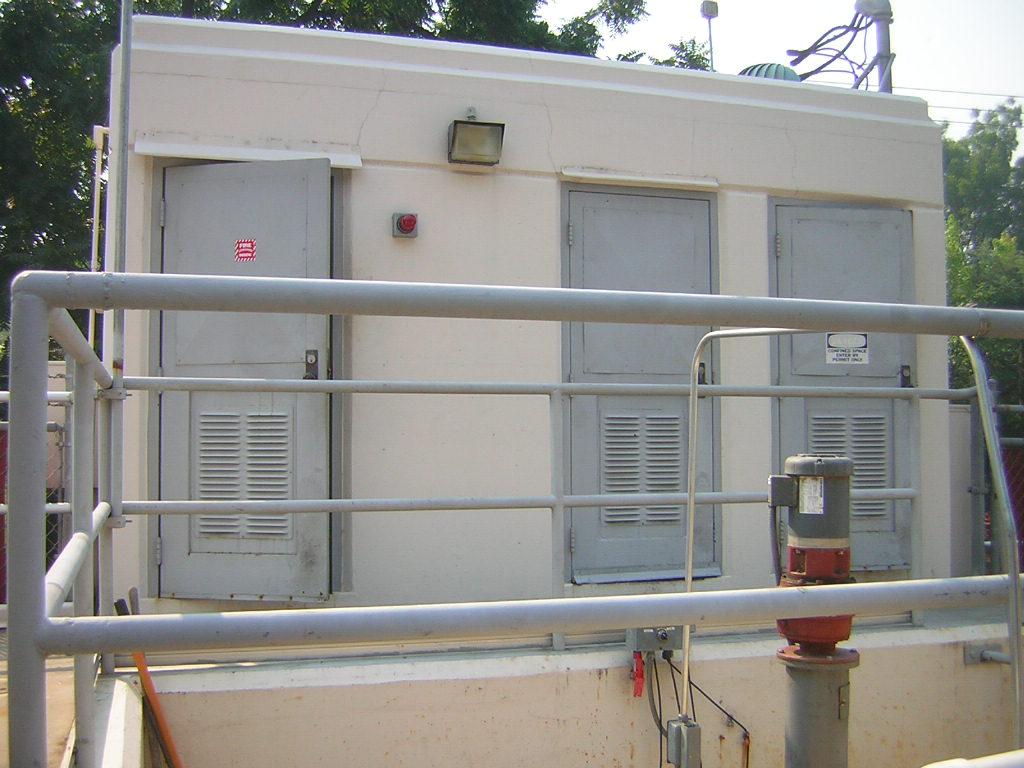Award: Auburn Ravine Lift Station, for Placer County

The American Public Works Association’s (APWA’s) Sacramento Chapter awarded West Yost a Project of the Year award for the Auburn Ravin Pump Station Project for Placer County. The design provided a cost-conscious solution to the rehabilitation and expansion of the lift station.

West Yost addressed and evaluated a variety of pump station improvement and replacement alternatives that could satisfy the flow requirements within the County’s budgetary constraints. As part of the preliminary design process, the improvements were designed to revise the existing substructure and convert it to a submersible station, saving $500,000 over the construction of a new pump station. The improvements designed by West Yost included replacement of the existing 30,000 gallon-storage tanks with 84,000 gallons of storage, converting the existing wet pit/dry pit station to a submersible station, and installing larger pumps and supporting electrical gear.
The ARLS was originally constructed in 1959 and had a pumping capacity of approximately 1.4 mgd prior to the current upgrade. During the December 31, 2005 storm event, the pump station capacity was exceeded, due to flows from development in the area coupled with high amounts of inflow and infiltration (I&I). Some of the flow during this storm event was stored in the 30,000 gallons of on-site storage that the County had constructed at the ARLS location in the 1990s.
Assuring a reliable project required a hydraulic capacity assessment of the Auburn Ravine Basin, also conducted by West Yost. Determining the design flow for the ARLS was critical for establishing the nature and timing of required improvements. West Yost developed an innovative methodology for estimating peak-flow conditions at the ARLS and within the collection system upstream of the lift station, even though County staff indicated that flow metering equipment did not function within the ARLS service area during the peak wet weather flow period. The methodology used data from a nearby rain gauge, in conjunction with available measured downstream flow data, to create a statistical relationship for estimating peak flows and I&I at the ARLS for the December 31, 2005 storm event, which served as the basis to calculate worst-case wet- weather flows.
Using this procedure, West Yost determined the capacity of the pump station and the flow-producing potential of the existing service area. This determination revealed that the service area could produce approximately 3.5 mgd.
Early phases of the project included an evaluation of relocating the existing pump station to a new site. While this option provided some intriguing benefits not offered by the existing, space-limited site, it proved to be too costly. The design team developed an innovative cost-effective solution to keep the facilities on the existing site by converting the existing wet pit /dry pit configuration to a submersible wet pit configuration. This solution eliminated the need to build a costly new structure. Using VFD pumps facilitated increasing the capacity while minimizing the facility footprint.
